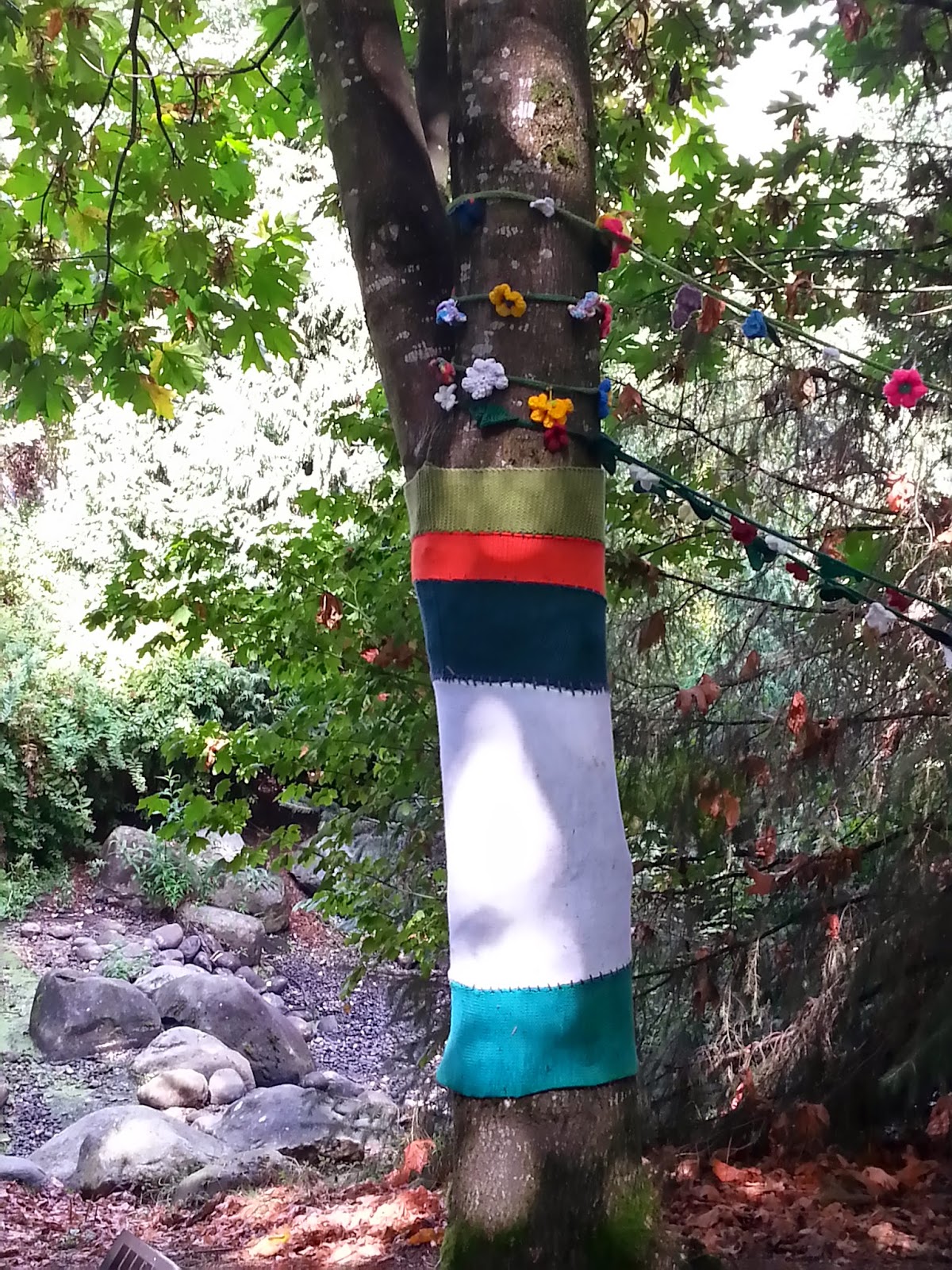Canna spp
FULL SUN
This plant belongs to and is the only genus of the family Cannaceae. Contrary to its common name, Canna Lily, it is in fact not a lily at all. Some of its better-known, closest living relatives are gingers, bananas and Bird of Paradise (Strelitzia spp). The original species plants are from Southern Asia and from the tropical areas of South America. Canna is valued not only as an ornamental plant but is is also important in agriculture as its roots are quite edible. Canna is one of the world's richest starch sources. As an ornamental plant it is valued both for its large foliage and for its bright blooms. It is quite resistant to fungus and mold due to its waxy leaves, which repels water. However slugs and snails love the foliage so be sure to protect young plants! Cannas are attractive to hummingbirds and butterflies.
WHEN/WHERE/HOW TO PLANT: Cannas prefer humus rich, moist soil in a full-sun location. Once the danger of frost has passed, rhizomes can be planted 4 – 5” deep, and about 12” apart. Plant the rhizome horizontally, with the eyes pointing up. Once planted, keep the rhizomes moist, but not wet, or you will run the risk of them rotting, however mature plants can actually tolerate poorly-drained areas and even in shallow ponds.
IMPORTANT CARE TIPS FOR GROWING CANNAS:
- Plants should be deadheaded regularly for continual bloom, but be careful not to destroy developing buds when doing so
- These plants are NOT drought-tolerant and will not do well if the soil is allowed to dry out. Leaves will start to curl slightly when the plant needs watering.
- Cannas are heavy feeders, so be sure to supply them with lots of organic mulch/compost, or feed them with a 20-20-20 fertilizer every two or three weeks.
- Take note that improper watering (not enough) can result in tearing and cracking of the leaves.
FALL/WINTER CARE:
- Allow the foliage to be killed by the first frost
- Dig out plants, making sure NOT to remove the soil that is attached to the rhizomes
- Place them in a cool dry place and allow the foliage to completely die back then cut stems back to 4 – 6” above the rhizome – but do not let the rhizome dry out – moisten as necessary.
- Store the rhizomes in a cool (slightly below room temperature), dark location for the winter. The rhizomes should be placed in a plastic bag with moist peat moss, sterile sand, vermiculite or sawdust (rabbit bedding). It is important that the rhizome does not dry out, so check on them now and then and moisten as necessary. Remember: moist, not wet!



























.JPG)
.JPG)


































